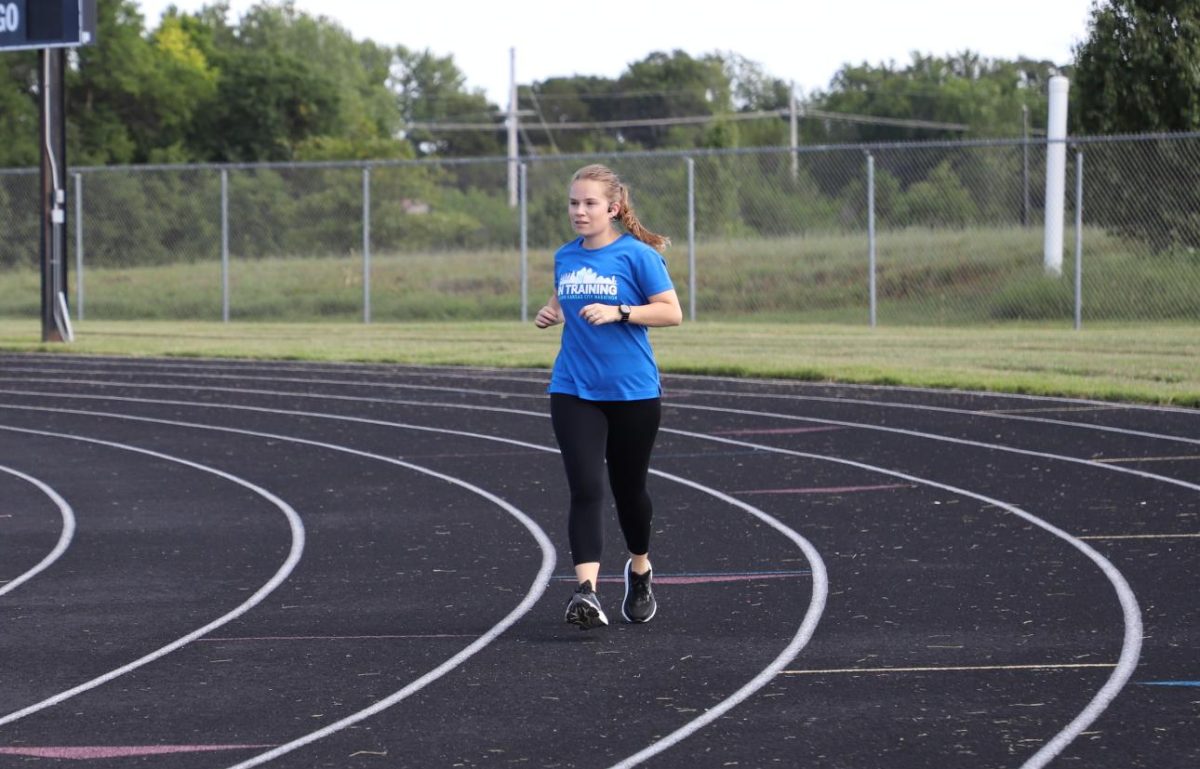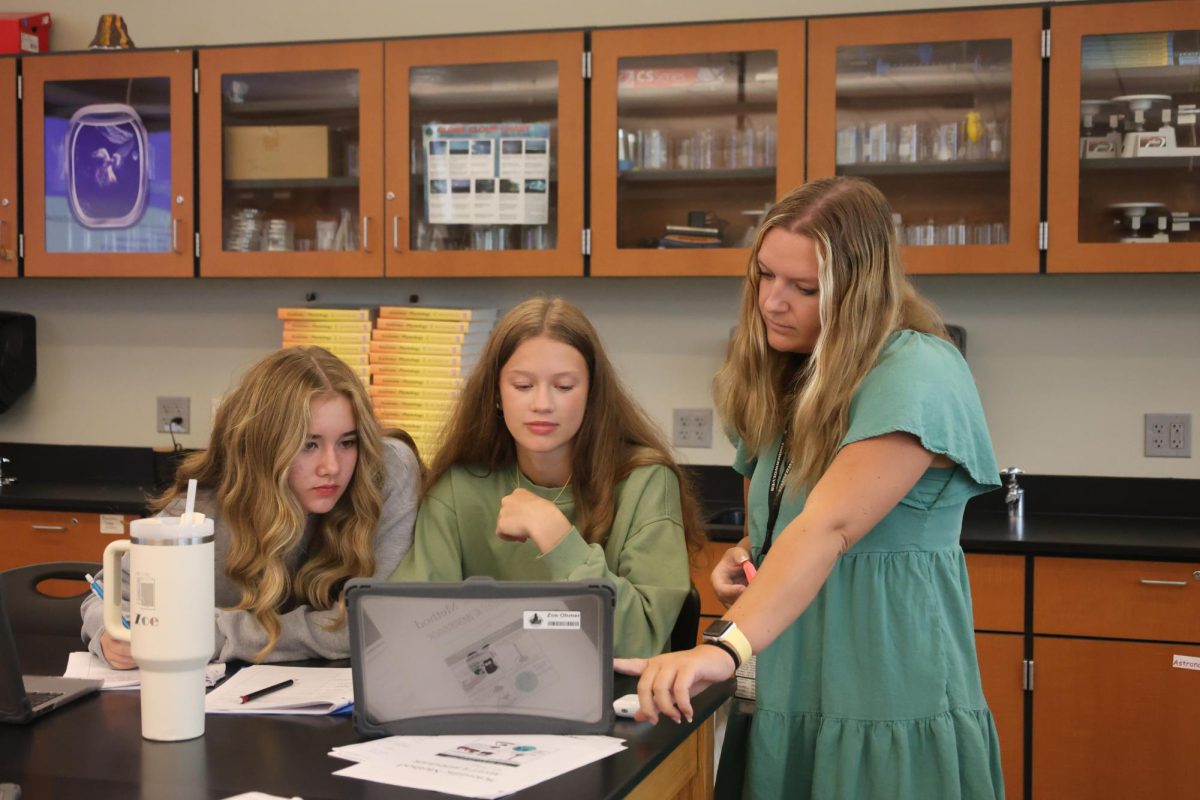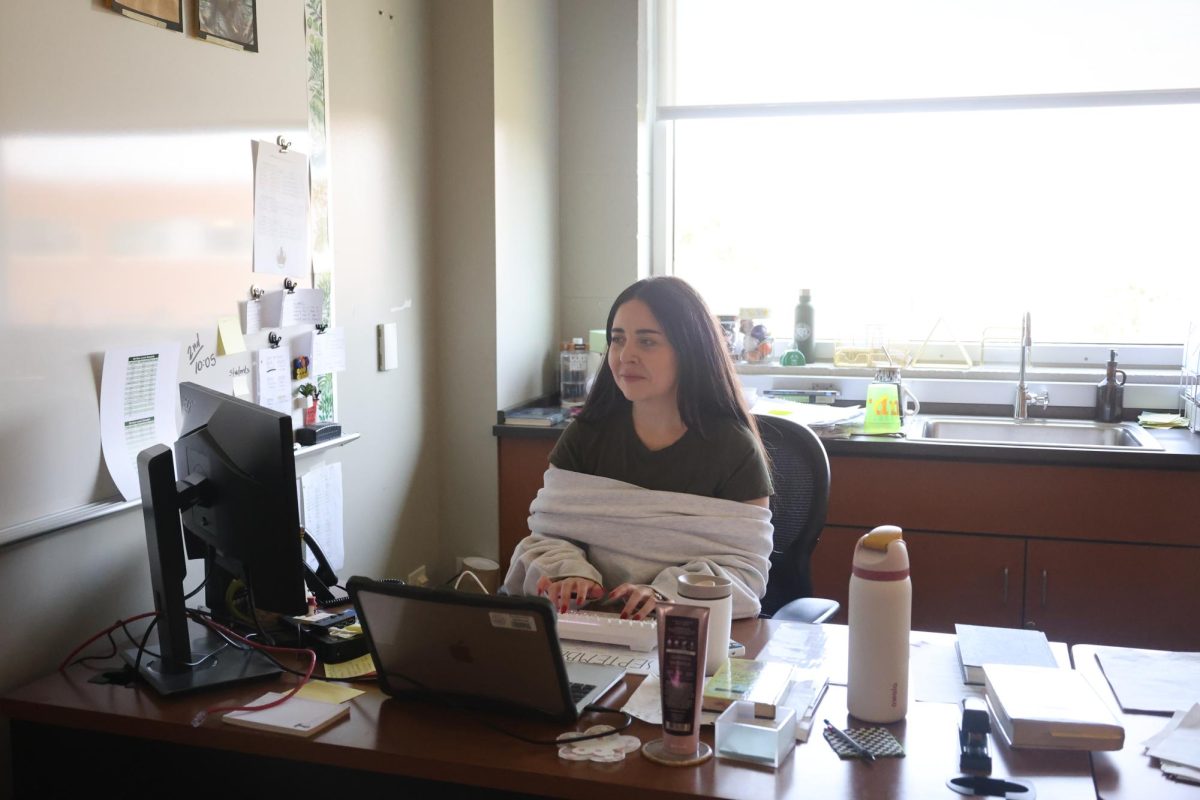The day has come. First day of freshman year. The last three years in middle school were a breeze and when the first bell rings, syllabuses, homework, and stress takes over your life. The change can be drastic for some, exciting for many, and dreadful for a few. Fortunately, there is a program that has helped students make that change and prepare for bigger changes in life is Advancement Via Individual Determination (AVID).
AVID started in one classroom with 32 students and now impacts 700,000 students in the United States. It spans through elementary to high school and is designed to increase school wide learning and performance and also help student prepare for the college.
“I have learned a lot of tips and tricks for studying, taking tests, and taking notes that will help me next year at University of Arkansas,” senior Gus Perdum said. “AVID helped me to become more introduced to colleges and their atmospheres by taking us on college trips and having speakers come in and talk to us about the college that they represented.”
AVID isn’t a class anyone can just sign up for at the time of enrollment. Students are recommended from their 8th grade teachers and are sent a letter from the school expressing interest for the student to join. If the student is interested, they then write a letter on why they should be apart of AVID and go in for an interview with the high school. The process sounds intense but being apart of AVID is a privilege.
“AVID is for students who want to challenge themselves and become successful during their high school experience,” AVID teacher Tyson Ostroski said. “I always tell my class that I want them to the leaders in the classroom and school. This means that not only do they have meet my expectations, but they have expectations for themselves to achieve more than they have in the past.”
The class is a fun for some, and for others has turned into more of a drag. A way to spot an AVID student is the big 3 inch binder they haul around to classes. The students are pushed to turn in 7 pages of notes at the end of the week and they do two tutorial request forms (TRF) each week that allow the students to work together in groups and help each other understand a particular problem.
“My favorite part of AVID has to be the group work we do in class,” freshman Brooke Pigneri said. “For example, we have different projects like a college research project. It was really fun to work with people and being able to work well with each other.”
AVID also uses college tutors to help with the tutorials (TRF) part of the week. The job of a tutor is to supervise the tutorials and help the students if they are struggling by giving them questions that lead them to the answer. This way, students are not given the answer; they have to work for it themselves. Tutors assist this process by creating questions that help the student find the answer on their own. They also grade student’s notes, tutorials, binder checks and other assignments in class.
In previous years, tutors were actual college students from around the area. This year, to make it easier on the tutors, seniors who are enrolled in AP courses have taken the job as an AVID tutor and on the plus side they get paid. That isn’t the only factor that drove senior Bradley Bullock to the task.
“I wanted to become an AVID tutor because it is a great opportunity to teach these younger students what I have learned through my close to four years of High School,” Bullock said. “At the same time I am able to help fellow students at my school and get paid for that work which is a win win situation.”
What distinguishes AVID from other educational reform programs is its continuous success rate. Of the 33,204 AVID seniors in 2012 who reported their demographics, academic achievement data and future plans, just over 98 percent indicated they would be graduating from high school, with 90 percent planning to attend a postsecondary institution.
“AVID students are taught how to become a scholar rather than just a student,” Ostroski said. “I always tell my kids that they need to constantly look for the purpose of why they do the things they do and look for ways to improve everyday whether it is daily assignments, organization, studying, and being involved in extracurricular activities.”







